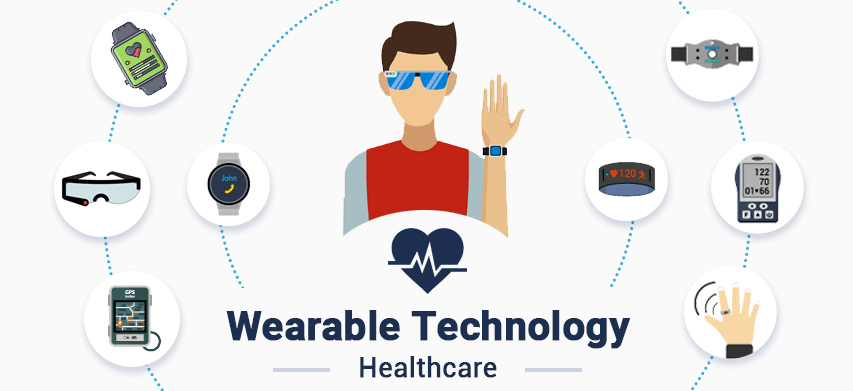The world of health and wellness has been revolutionized by wearable technology. Devices like fitness trackers, smartwatches, and sleep monitors collect a wealth of data about our daily activities, sleep patterns, and even heart rate. This data has the potential to significantly impact the health insurance industry, creating a more personalized and potentially more affordable insurance experience. Let’s delve into the ways wearable technology is transforming health insurance.
Unlocking the Power of Data:
Wearable devices continuously gather a range of health metrics, including:
- Steps taken
- Distance traveled
- Activity intensity
- Sleep duration and quality
- Heart rate variability
This data offers valuable insights into an individual’s overall health and fitness.
Benefits for Insurers and Policyholders:
The integration of wearable data into health insurance offers a multitude of benefits for both insurers and policyholders:
- Personalized Risk Assessment: By analyzing wearable data, insurers can gain a deeper understanding of an individual’s health profile. This can lead to more accurate risk assessments and potentially fairer premiums for healthier individuals who engage in preventative measures. (This is known as Pay-How-You-Live or PHYD programs).
- Promoting Healthy Habits: Knowing their data is being monitored can incentivize individuals to adopt healthier habits. Gamification features in some wearable apps and insurance programs can further motivate users to reach fitness goals.
- Early Detection of Health Issues: Wearables can track trends in heart rate or sleep patterns, potentially providing early warning signs of potential health problems. This allows for earlier intervention and better disease management.
- Reduced Healthcare Costs: By promoting preventative measures and early detection of health issues, wearable technology can potentially lead to reduced healthcare costs for both insurers and policyholders.
Challenges and Considerations:
Despite the potential benefits, some challenges need to be addressed:
- Privacy Concerns: Sharing personal health data raises concerns about privacy and security. Transparency about data collection practices and robust data security measures are crucial.
- Data Accuracy: The accuracy of data collected by wearable devices can vary. Relying solely on wearable data for risk assessment might not be suitable for everyone.
- Accessibility and Equity: The cost of wearable devices and smartphone data plans might create an accessibility barrier for some individuals.
The Future of Wearables and Health Insurance:
The future of wearable technology in health insurance is brimming with possibilities:
- Advanced Analytics: As data analysis techniques evolve, wearable data can be integrated with electronic health records for a more holistic view of an individual’s health.
- Personalized Wellness Programs: Insurance companies might offer tailored wellness programs and incentives based on individual wearable data, promoting preventative healthcare.
- Focus on Mental Health: Future wearables might be able to track stress levels or sleep quality, potentially influencing insurance coverage for mental health services.
Conclusion
Wearable technology has the potential to fundamentally change the way health insurance operates. By providing valuable insights into health and promoting preventative behaviors, wearables can pave the way for a more personalized, data-driven approach to health insurance. As technology advances and concerns are addressed, wearable technology can become a powerful tool for both insurers and policyholders in promoting better health outcomes and potentially reducing healthcare costs.





